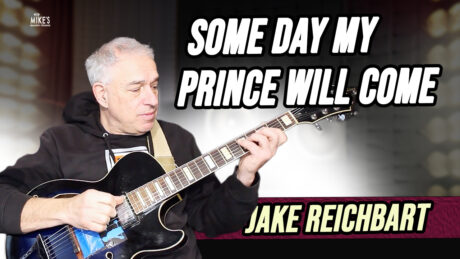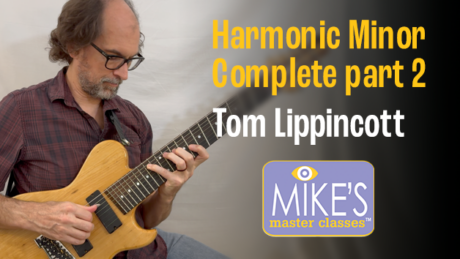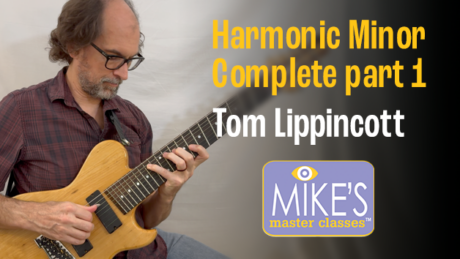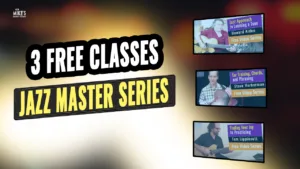The goal of this information-packed class is to learn and understand many useful mechanisms that can lead to improvisation in a Baroque style.
This time we are going to examine some easier to memorize geometric patterns on the fingerboard making them more directly applicable in improvising.
This class will continue our look at 3 part harmony and contains the following topics, techniques, and devices:
- 8th note bass melodies below a 6th interval
- Inner lines between 10ths and other intervals
- Intervallic triad voicings (wide skips between the bass voice and the middle voice)
- Approach notes into all 3 voices of triads
- IV V I progression in both major and relative minor
- chromatic lines in inner and lower voices
- contrary motion and finger teams
- staggered voices/delayed entrances
- secondary dominants
- rhythmic displacement
- melodic minor usage
- brief discussion of the Bach Lute suites and suggested recordings
If you’ve wanted to understand how improvising in a Baroque-inspired style might be possible then this series is for you!
It will help the guitarist in broadening their chord-melody technique.
- 12 pages of PDF material in standard notation and TAB with fingerings












Steve hits it out of the park here
I remember taking his first baroque class — like with everything that he does it’s completely comprehensive with tons of material. My rule of thumb with regard to these master classes, as Vic Juris said many years ago, was that if you can get one or two really important fundamental things that you can genuinely incorporate into your playing, it would’ve been well worth it. I absolutely got something very important from that first class, which I still use to this day when I improvise: how to use tritones and displaced tritones to get you to play tenths and thirteenths. The secondary effects of that class was that kind of information really helps with fingerboard knowledge as well.
This class In a way builds on this fundamental information from the first class. I took copious notes of all the exercises and condensed them to eight pages of really essential stuff that I know if I worked tirelessly on, will immensely improve my playing.
Steve is right when he declared in this class that mastery of fundamental counterpoint and cadential mechanisms, maybe used in the way that George v EPS used it, Will enable one to improvise more readily. And that’s exactly what this class is, even building on some of the fundamental principles of the first class. When I analyze the material, it really came down to really knowing your 10ths, 13ths, and spread triads and being able to work with these.
Now that I have eight notes of really important stuff synthesized, the next step is to hit the woodshed and as my original teacher said, “ work the shit out of it!“
by Navdeep JhajGoing For Baroque III
Another great class by Steve that I will be able to incorporate into my playing thanks to his clear explanations!!
by james seaberry